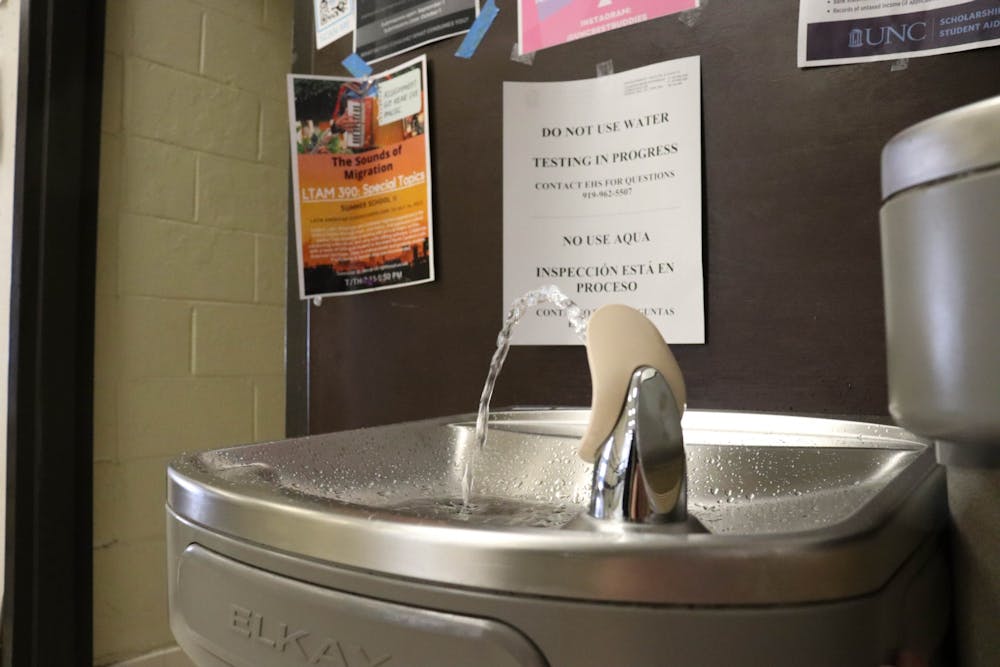“That definitely explains why the midterm was so difficult,” my suitemate quipped.
He's referring to the weeks of exposure to a water fountain on Hamilton Hall’s fifth floor that recently tested for lead levels that were more than twenty times the EPA’s action level. The fountain is only one of the 22 fixtures in six buildings that tested for lead.
While I chuckled at my suitemate’s wry take on a potentially dangerous situation, worrying about whether there is lead in your water isn’t very funny at all. The question of whether your water fountain is safe should not be another daily obstacle to college life.
Dr. Jeffrey Griffiths, a former chairperson of the EPA Drinking Water Committee and a Professor at Tufts University School of Medicine, puts it best when he says, “There is no safe level of lead in water.”
Lead exposure, according to the EPA, can lead to adverse cardiovascular effects, increased blood pressure, hypertension, decreased kidney function and reproductive problems in both adult men and women. While our society has made strides as a whole to get rid of lead in our gasoline and paint, corrosive lead pipes that are prevalent in old homes and buildings have remained.
UNC is one of the oldest universities in the nation, so the administration should anticipate the potential harm aging infrastructure can cause and has an obligation to ensure the safety of its students. The corrosion of pipes presents a public health danger. Some of the lead levels of tested campus fixtures are much higher than those found in Flint, Mich., during the city's water crisis that started in 2014.
The University should be transparent with these findings and should deliver them to the student body as soon as possible.
When water contamination is discovered, it should be immediately made publicly known, not just another message in an inbox of emails. It should not be limited to just occupants of the building – like incidences in Phillips, Manning, Hamilton, Fordham and South Building were. The University tried to sell the student body a belief that this is an isolated incident among a limited number of Wilson Library fixtures. Let’s create a transparency precedent.
Solutions to address our current decaying infrastructure at UNC do exist as well.



